Paper cutting has been for centuries a popular Chinese folk art. It is a medium by which one's hopes for good fortune are expressed. The art originated in the Southern and Northern Dynasties (420-489A.D.), when women in north China pasted cutouts on the windows to give their houses a holiday air during the Chinese New Year period. Since then, the art has been continuously enriched. The subject matter of cutouts ranges through calligraphic designs, birds, flowers, fruits, vegetables, landscape, folk tales and historical events. The paper for cutouts can be of various kinds, and of different colors. A piece of cutting, if done well, is as interesting as any other manor work of art. Paper cutting is based on observations of real life, intuitive impressions and sincere emotions. The art has a style which reflects the spirit of simplicity of the Chinese people. Paper cutting art contains good materials for the study of Chinese folklore.
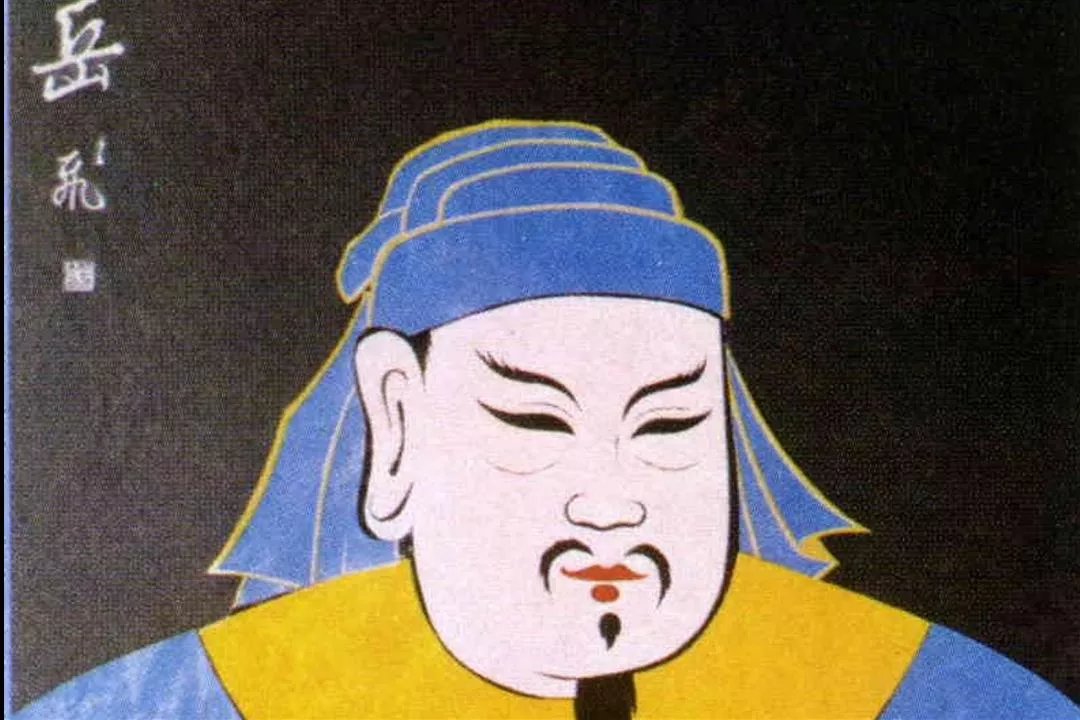
General Yueh Fei, by Tien Meng-lia
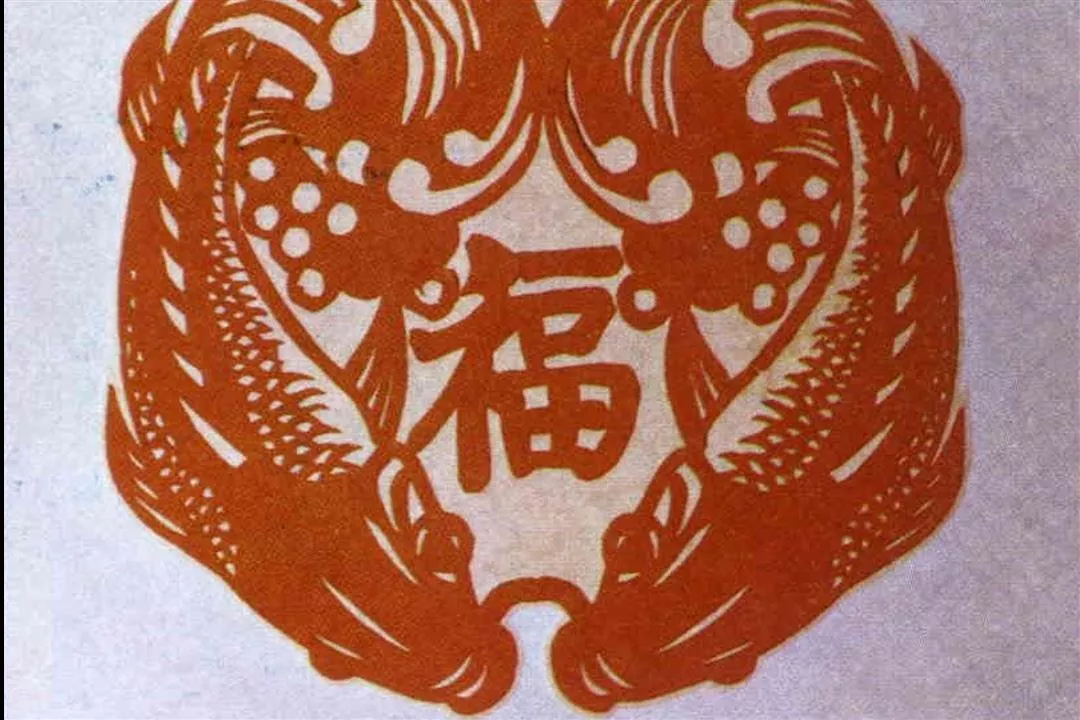
"Good fortune,' by Tang Pei-kwang
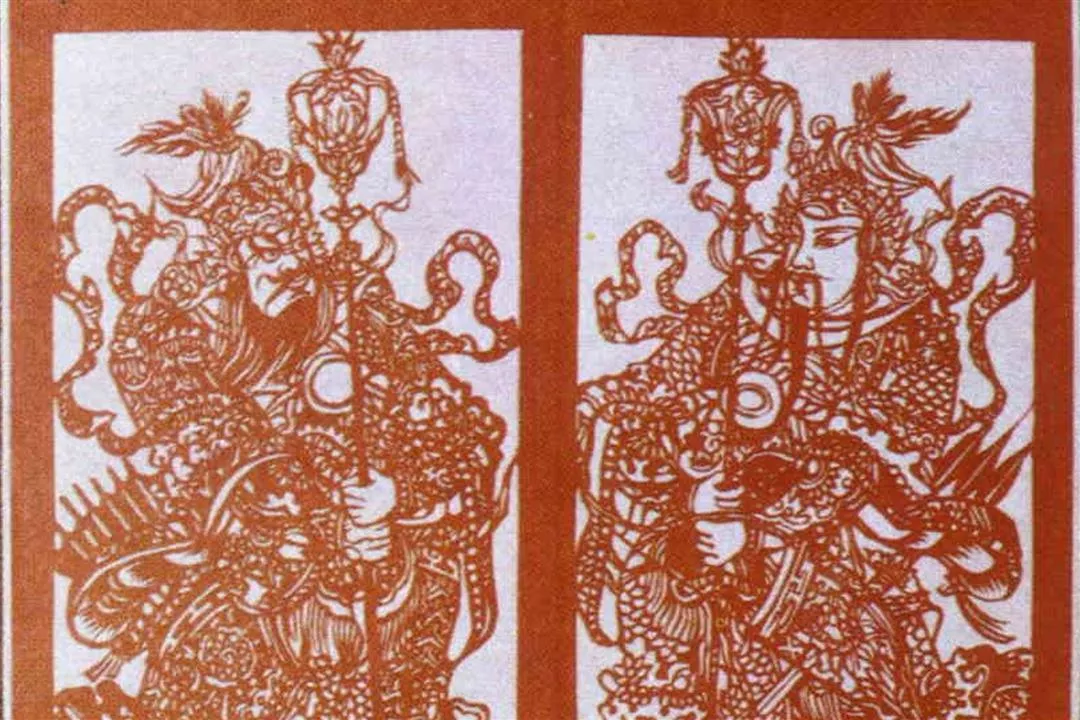
"Gods of the Doors' by Wang Ke-wu
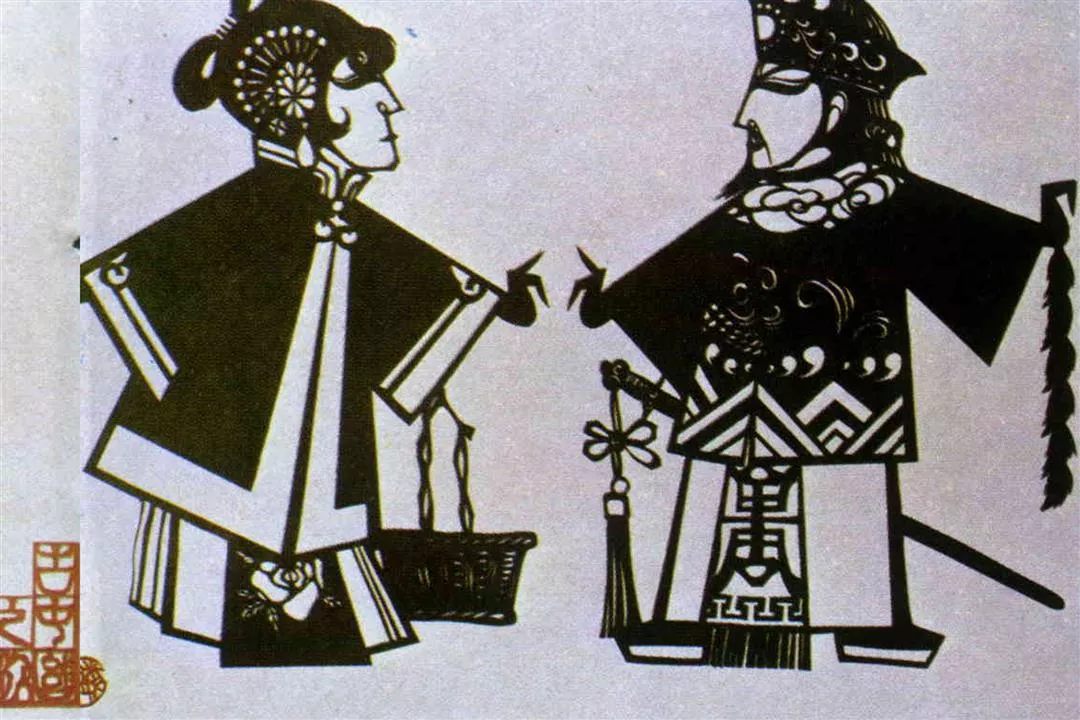
"The song of ancient China," by Tien Meng-lin
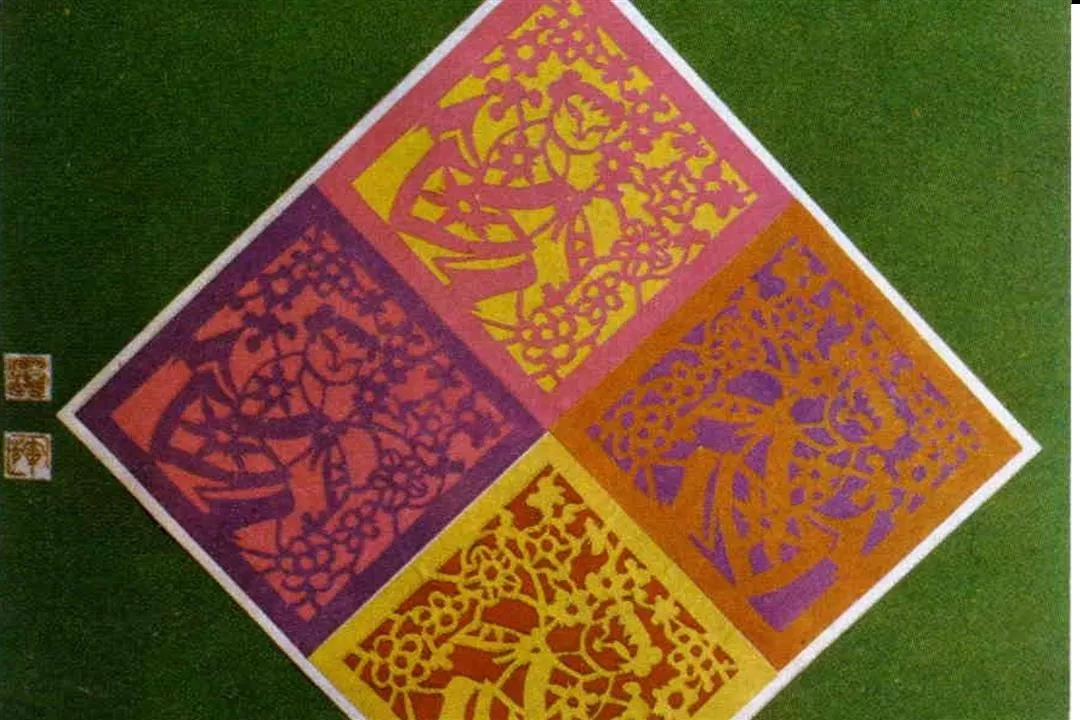
"Plum flowers and the boy," by Chen Hui
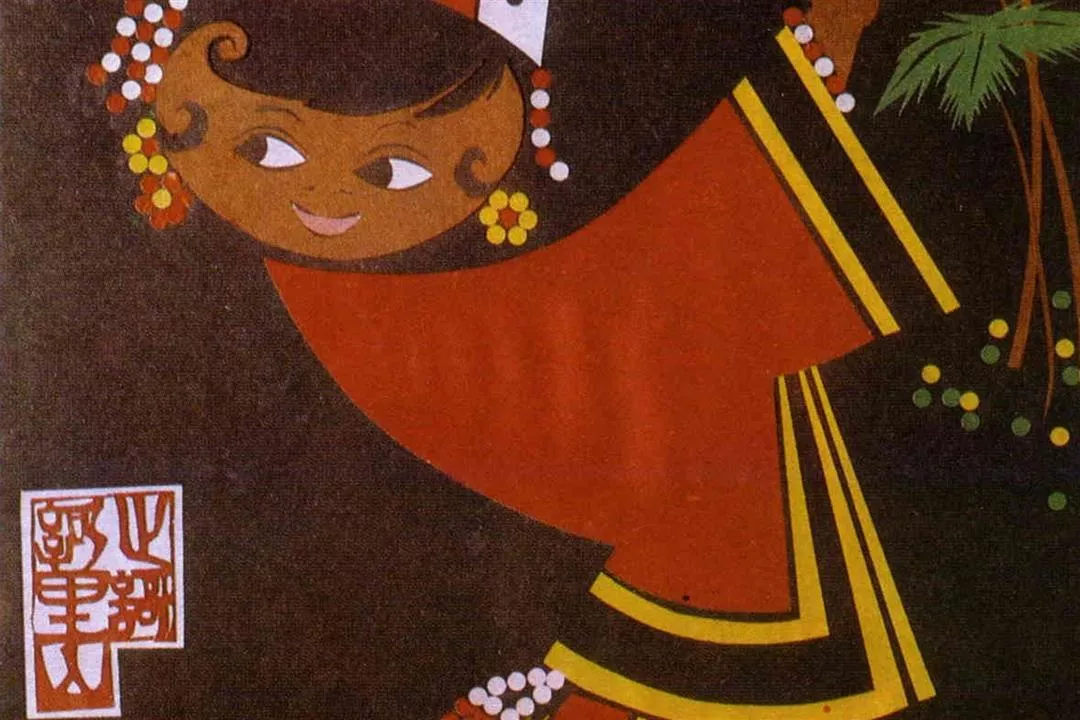
“The song of Mount Ali,” by Tien Meng-lin